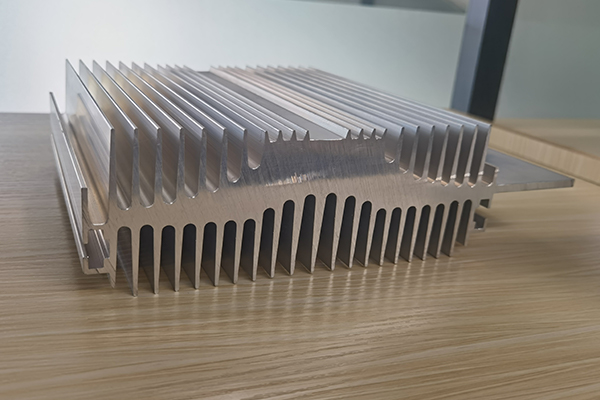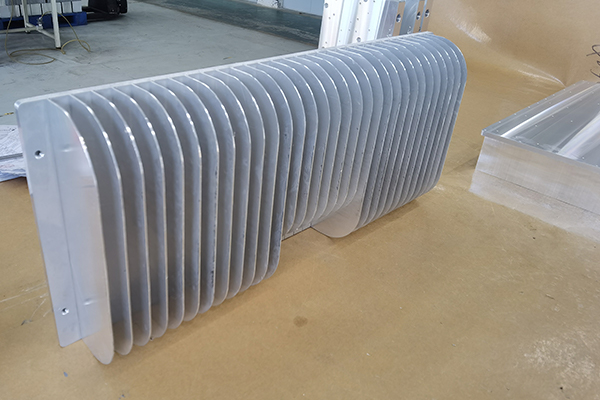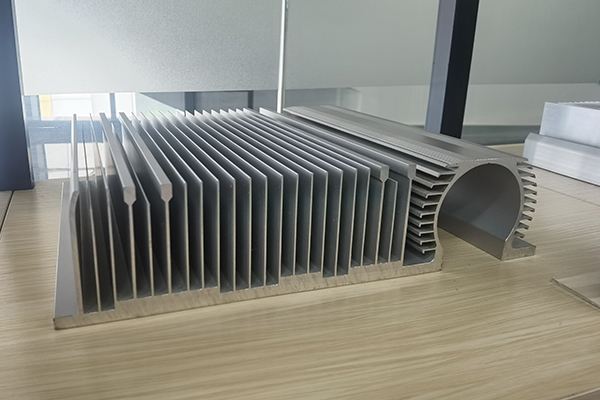When standard solid base fin radiators do not meet thermal and/or mechanical requirements, adding heat pipes to the thermal solution can often solve the problem. Comprehensive heat pipe design guidelines include some broad indicators as to when this is likely to happen:

1. High power density and/or high total power: In these cases, the conduction of conventional heat sinks may be limited, resulting in excessive heat sink temperature rise (delta-T). With their high thermal conductivity, heat pipes minimize the conduction loss of the heat sink.
2. Space limited applications: When space is limited, heat must usually be transferred to a remote condenser. The heat pipe's high thermal conductivity and design flexibility make it ideal for use in small equipment or AV.
3. Limited airflow: If the device is in a low airflow/no airflow environment, additional heat sink area is required to dissipate heat, rather than in a high airflow environment. Heat pipes enable engineers to reduce conductive resistance in base and fin structures.

4. Weight limitation: If the device needs to be lightweight to meet shock and vibration or payload requirements, a heat sink with a strong metal base may not be feasible. Heat pipe based radiators are much lighter than alternative solid metal radiators.
When used in a radiator assembly, the shape and type of heat pipe, as well as whether it is in direct or indirect contact with the heat source, has a great impact on the overall cost and performance of the radiator.
